3D Printing Services
Print your ideas into reality
with our modern and advanced
3D Printing Services!
Tesla Mechanical Designs facilitates the seamless transition from digital concepts to tangible products through cutting-edge 3D printing. Our state-of-the-art 3D printing facility stands as a testament to innovation, providing a comprehensive suite of top-tier 3D printing solutions customized to meet your specific requirements. Expert evaluation ensures the selection of optimal technology aligned with your vision, ensuring efficiency and a faster turnaround time. Transparency is paramount, allowing active engagement in the monitoring process for iterative projects, all within the confines of our integrated facility. Our extensive 3D printing capabilities cover SLA (Stereolithography) and FDM (Fused Deposition Modeling), complemented by precise post-processing techniques for superior quality prints.
